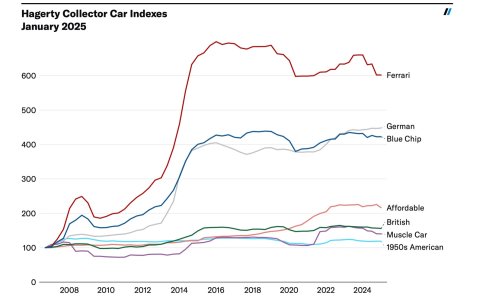Minivansomeren
Well-Known Member
A commenter said that “euro series 2” cars are good but that the country of origin matters. I’m new to E9s - can somebody explain what the series 2 differences and why the country matters?

 bringatrailer.com
bringatrailer.com

Euro 1974 BMW 3.0CS 4-Speed
Bid for the chance to own a Euro 1974 BMW 3.0CS 4-Speed at auction with Bring a Trailer, the home of the best vintage and classic cars online. Lot #207,387.

